Pressure Measurement
Measuring the Vertical Hydraulic Gradient in River Beds
Where does the water in a river come from? The obvious answer is that it comes from upstream, the sum of the waters added by many tributaries. This is certainly correct – and the largest factor in river flow. But this is not the only source of water in a river. Depending on geography and local bedrock conditions, a stream can cut through an aquifer that is coincident with the river bed, and in such cases the hydraulic pressure at the bottom of the river is actually slightly greater than that exerted by the depth of water in the river. When this condition occurs, it is called a Vertical Hydraulic Gradient, or VHG. Depending on the permeability of the gravels in the stream bed, the presence of a VHG allows the inflow of a small amount of groundwater so that there is a measurable effect on total river flow. Predicting and controlling river flow is of great importance for flood control, municipal water supply and irrigation, especially in the western US where surface waters must be carefully managed. Knowing the location and extent of Vertical Hydraulic Gradients is an important factor in understanding the overall water flow picture for any large stream or river.
The typical VHG is not large, perhaps just a few inches of water pressure overall. Measuring the Vertical Hydraulic Gradient requires that the pressure sensing equipment be placed at the bottom of a flowing river, often dozens of feet deep. Traditional methods required that one pressure sensor be installed at the bottom of the river, to measure the hydraulic head of the water above. A second sensor was connected to a sand point driven into the river bed gravels. The sand point was open to the hydraulic pressure present in the sands below the river bed and isolated from river pressure above. Subtracting the river depth pressure from the sand point pressure identifies the presence of a VHG. This traditional system requires two transducer installations, two sets of accurate distance measurements and roughly doubles the possible errors and expense.
The Validyne P78 improves on this system by using a single differential pressure transducer placed on the river bed such that one port is connected to the sand point and the second port is open to the hydraulic pressure of the river itself. When the depth of the sand point below the river bed is known (L1), the transducer output is a direct measurement of the VHG. The Installation of a P78 system is simplified and the resulting measurement is more reliable. The diagram below shows how this is accomplished.
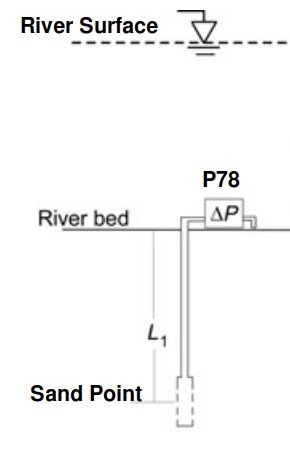
The Validyne model P78 submersible pressure transducer is constructed of 316 SS wetted parts and sealed in a 316SS housing so that it is completely submersible and compatible with most fresh water types. The electrical cable entry is fully waterproof for connection to the data logger. The P78 is available in very low pressure ranges – as low as 3.5 In H2O full scale – and is therefore sensitive enough to measure the typically low VHG present in rivers. The stability and accuracy of the P78 submersible pressure transducer makes this transducer ideal for sensitive, long-term hydraulic studies studies in rivers and streams.
To find out more about the P78 submersible pressure transducer check out the product page.

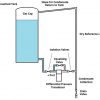
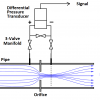
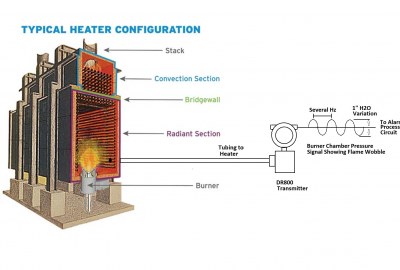
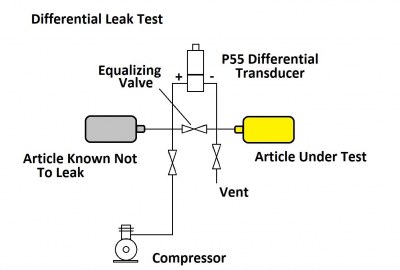
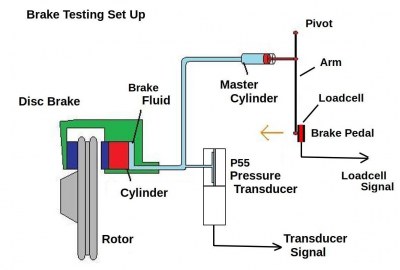
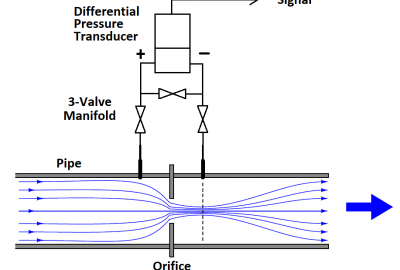
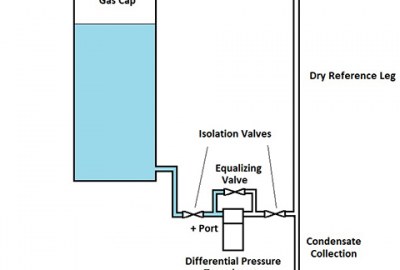
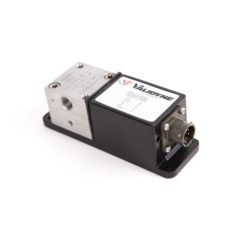
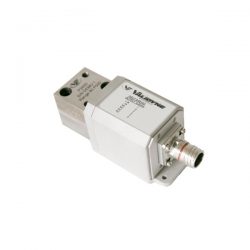
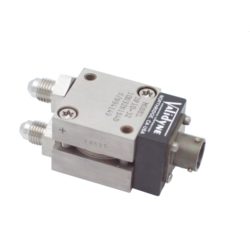
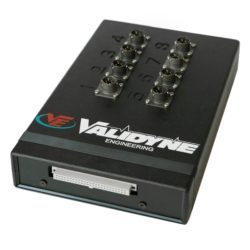
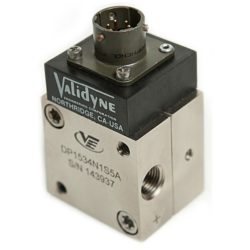
Leave a reply
You must be logged in to post a comment.